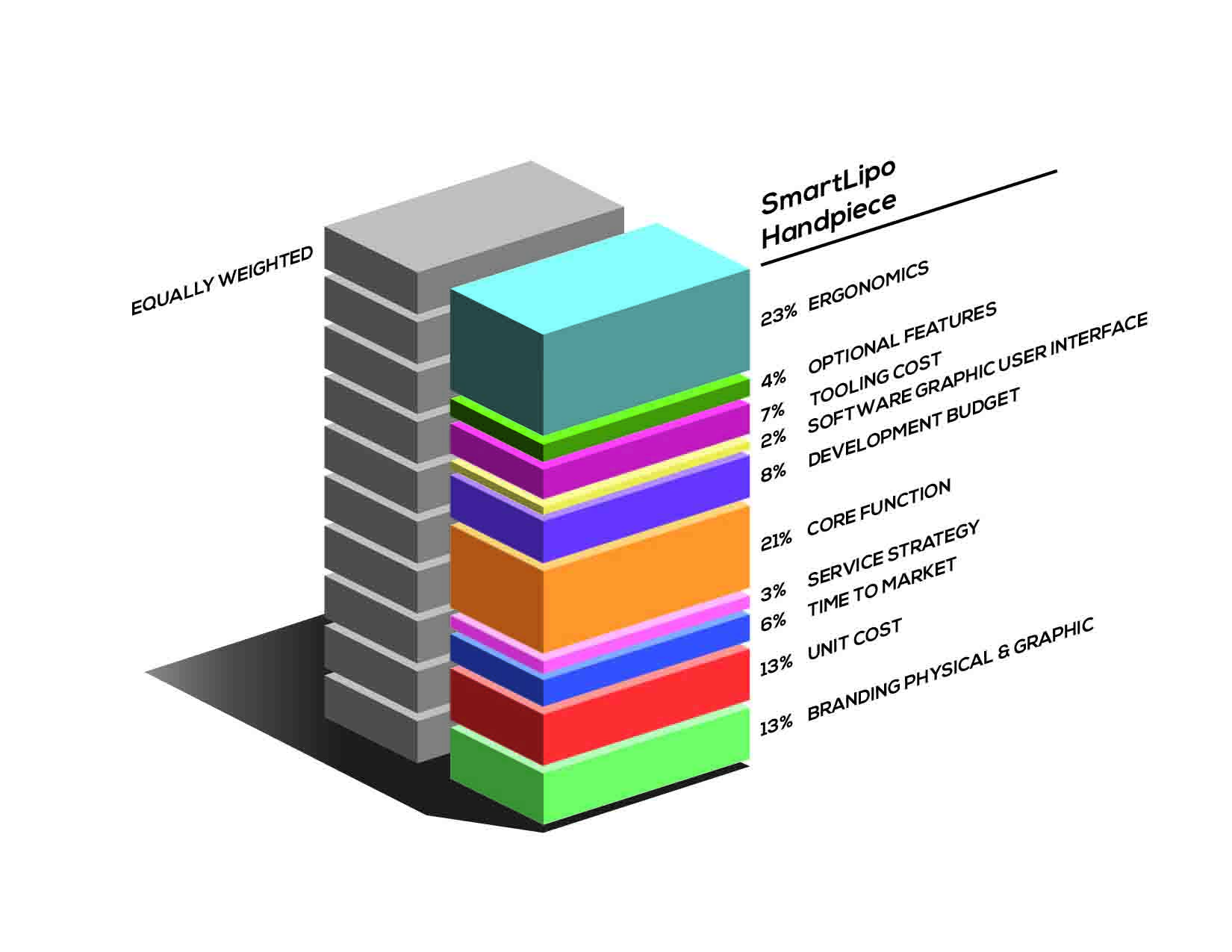A critical component of effective product design.
- How do we define balance?
- How does a design effort get out of balance?
- How can we correct or prevent imbalance in our development process?
Sometimes we get too focused on a specific challenging problem to solve, and lose sight of the other elements of the product that need to be addressed to be successful. For example, we could be so intensely focused on bringing a new innovative mechanism to market, that we forget to make sure that this new innovation is cost-effective as well as functionally excellent. A clever solution that people can’t afford is not a balanced design. It is only a partial solution. Conversely, we could be so intent on keeping the development and cost of goods (COGS) down, that we ignore key product features that will make it competitive.
Every product has a series of elements that must be considered, given a balance weight, and a measurable or testable specific requirement, or set of requirements.
Take, for example, the development of a hand-held device. It is important for us to define all of the elements of a successful product, along with the relative value or balance weight of each element. For this example, let’s say we have the following elements to consider (not in any particular order):
1. Core Functionality
2. Optional Features
3. Branding: Physical & Graphic
4. Physical User Interface / Ergonomics
5. Graphical User Interface / Software
6. Tooling Budget
7. Development Budget
8. Unit Cost (COGS) / Projected Sell Price
9. Time to Market
10. Service / Repair Strategy.
Your development team needs to identify every element that affects the success or failure of this product. Once they are defined, a specific set of requirements should be drafted for each element. Then each of these elements should be given a relative weight. If everything was equally important, all elements would have equally weighted values (10% for each, for the 10 elements listed above), but that is rarely the case.
To illustrate this, the following example shows how the elements were weighted for a very specific handheld medical device – developed by Carroll Design for Cynosure. The SmartLipo handpiece was designed to dissolve fat tissues in small areas using actively controlled laser power.
The project team would have used the following weighted elements:
While the elements are prioritized by weighted value, all must be considered throughout the development process. To maintain the intended balance, define your product’s key elements of success as value-weighted components.
Re-visit these elements just as you would the product requirements at regular intervals to insure all are addressed and appropriately prioritized.


